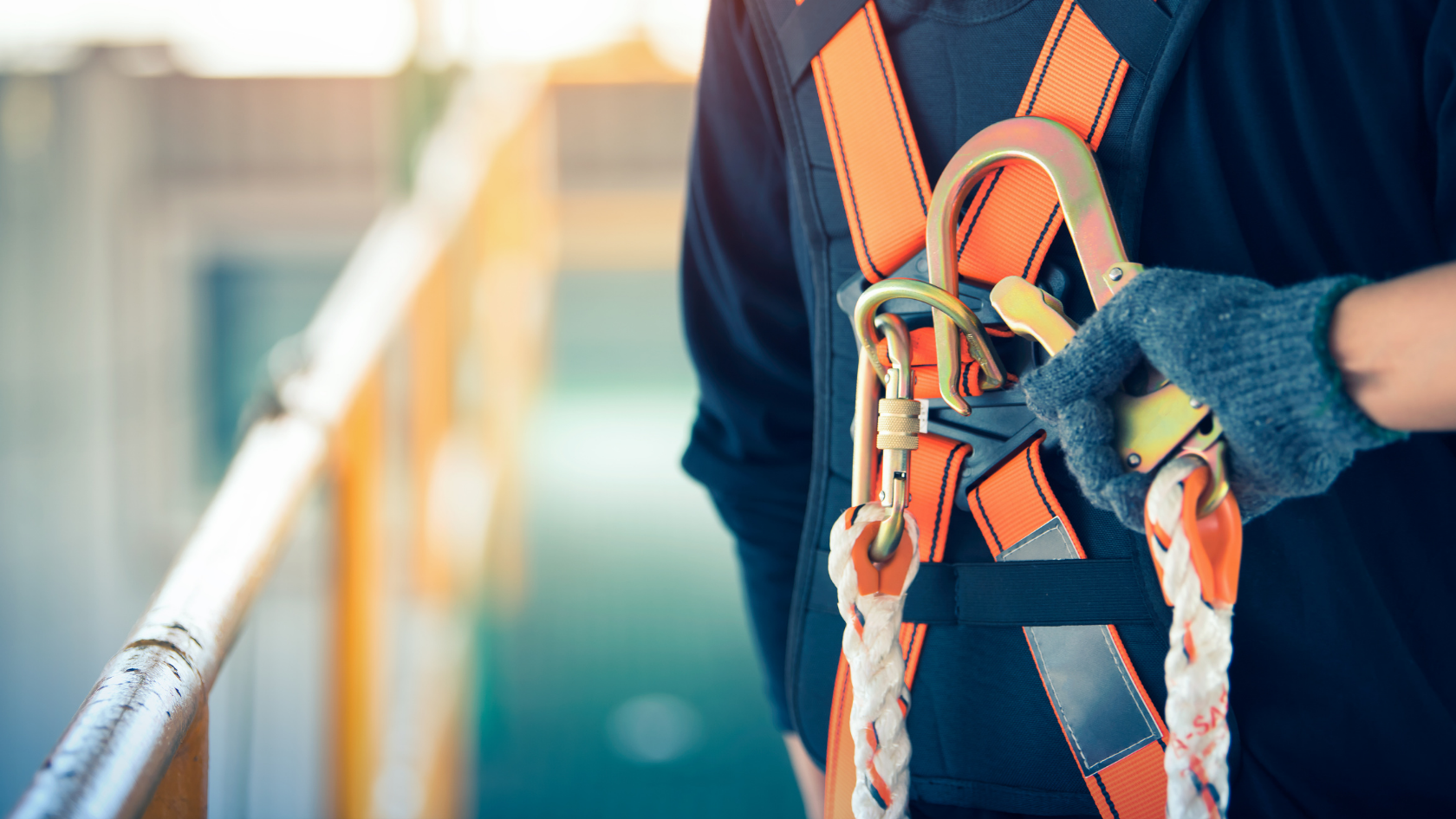Care Guide for Safety Harnesses And Belts: How To Wash and Store
February 27, 2023
Safety harnesses and belts are essential equipment for anyone who works at heights or in precarious positions. They protect workers from falls and other accidents, making them an essential part of any workplace safety program. However, with daily use and exposure to sweat, dirt, and other contaminants, safety harnesses and belts can easily become dirty and worn out if not cared for correctly. In this guide, we'll provide you with simple steps on how to wash and store your safety harnesses and belts, so they remain in good condition and effective, ensuring your safety on the job.
WASH FREQUENCY
After every use
STORAGE METHOD
Hang
The Right Way To Wash Safety Harnesses And Belts
Washing safety harnesses and belts is crucial to ensure their effectiveness in protecting workers from falls. Here are the steps to wash safety harnesses and belts:
Machine Washing Safety Harnesses and Belts
It is not recommended to machine wash safety harnesses and belts as the harsh agitation and high heat from the dryer can damage the hardware and webbing. If the harness or belt is severely soiled, handwashing is the best option.
Handwashing Safety Harnesses and Belts
- Fill a sink or basin with warm water and add a small amount of mild detergent. Avoid using bleach or fabric softener as it can damage the hardware and webbing.
- Place the harness or belt in the water and scrub it gently with your hands to loosen dirt and grime.
- Rinse the harness or belt thoroughly under running water to remove all the soap.
- Gently squeeze out the excess water. Avoid twisting or wringing the harness or belt as it can damage the hardware and webbing.
- Lay the harness or belt flat on a clean towel and allow it to air dry. Do not hang it to dry as this can cause the hardware to become misshapen or the webbing to stretch.
- Inspect the harness or belt for any damage or wear before storing it. Discard any harness or belt that has been subjected to a fall or impact as it may no longer provide adequate protection.
How Often To Wash Safety Harnesses And Belts
Safety harnesses and belts can come into contact with dirt, oil, and other hazardous substances, so they should be washed after every use to ensure they are clean and in good condition.

The Right Way To Store Safety Harnesses And Belts
How to Hang Safety Harnesses and Belts:
- Choose a hanger that is sturdy enough to hold the weight of the harness or belt.
- Hang the harness or belt by the D-rings or loops, making sure that they are not twisted or tangled.
- Store the harness or belt in a cool, dry place away from direct sunlight.
Expert Advice for Maintaining The Quality Of Your Safety Harnesses And Belts
To keep safety harnesses and belts in top shape, it is important to take some practical steps. One useful tip is to avoid exposing them to harsh chemicals, including bleach and fabric softeners, as these can damage the webbing and hardware. It's also a good idea to avoid machine washing and drying, as these can cause abrasion and damage to the harness or belt. Instead, handwashing is the best option, using a mild detergent and warm water. Additionally, hanging safety harnesses and belts is important, but they should be hung by the D-rings or loops to avoid tangling or twisting. Finally, following the care label instructions is crucial to keep safety harnesses and belts in good condition, so it's important to refer to the manufacturer's recommendations for best results. By taking these steps, safety harnesses and belts can be kept clean and in top shape, providing the necessary protection for workers.
DISCLAIMER
Just a friendly reminder that this care guide for safety harnesses and belts only provides general advice. Your safety harnesses and belts may have specific care requirements based on its material, style, and manufacturer instructions, so always check the care label before washing or storing it. If you're unsure about anything, it's always best to consult a professional cleaner. Please note that the author of this guide is not responsible for any damages or losses resulting from the use or misuse of any information from this blog.
Want to share this?
